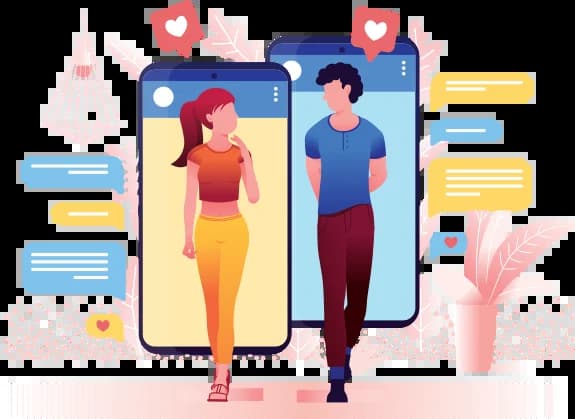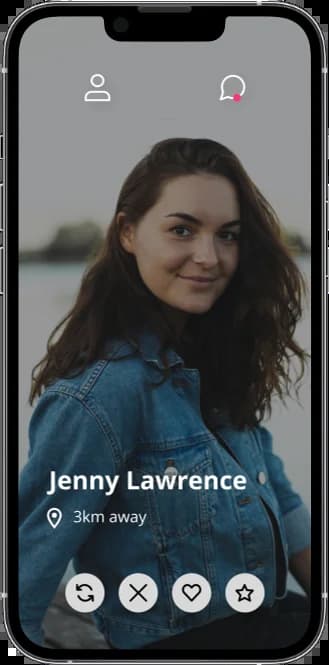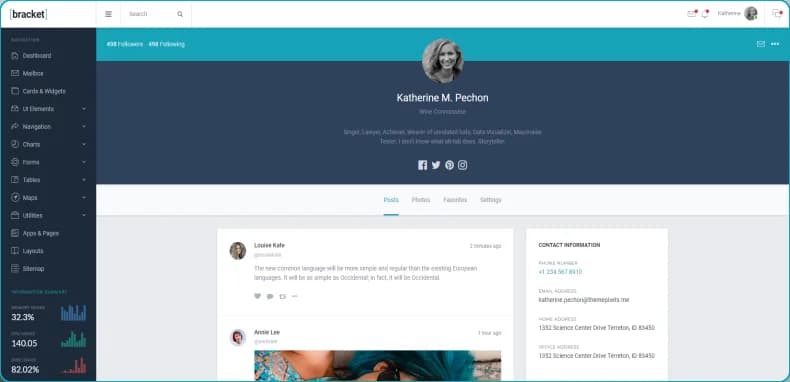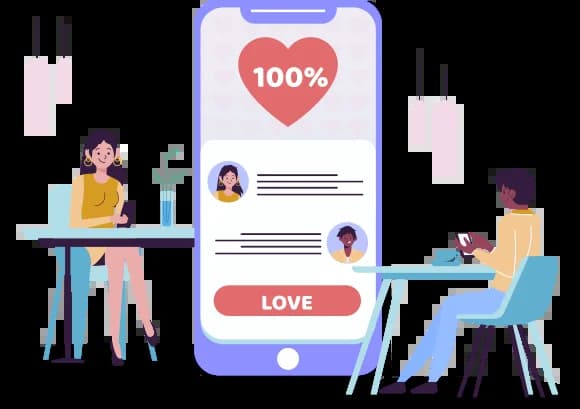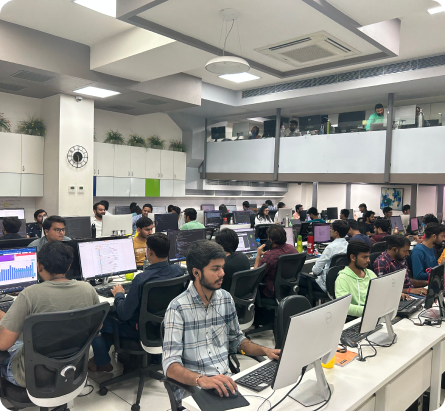Build a Dating App Like Tinder, Bumble Bee, OKCupid
With over 300 million people using dating apps globally, the industry has huge revenue potential. The revenue is also expected to grow by $3.41bn by 2027.
If you wish to build a dating app like OKCupid, Tinder, or Hinge, the time is right. However, it would help if you had a professional development partner to maximize your chances of success.Moon Technolabs, the leading dating app development company, can provide you with talented programmers and expert consulting. Our experienced dating app developers have the technical expertise to create sophisticated dating applications. Share your unique app idea for tailored dating app development solutions.

